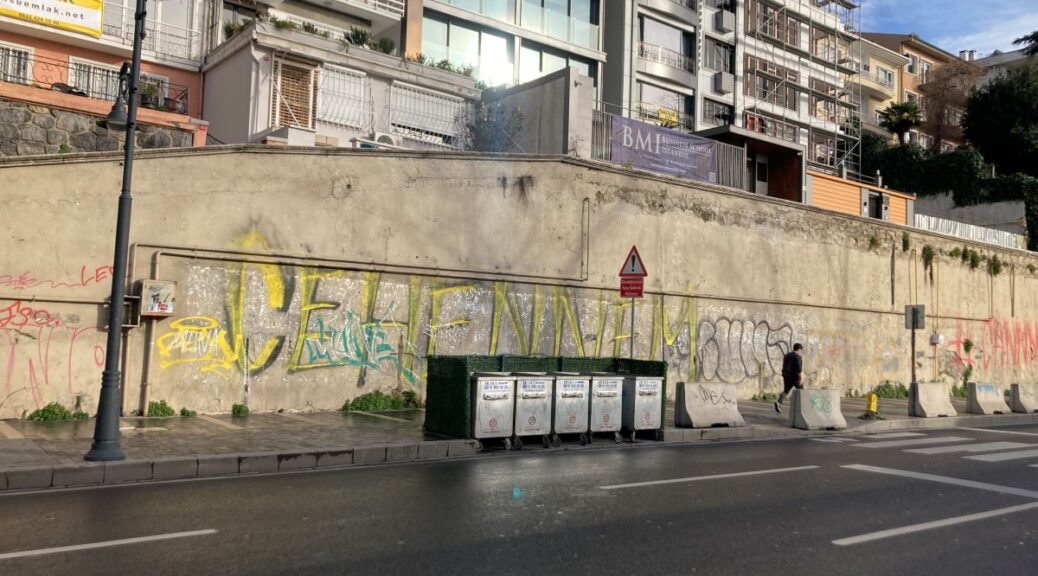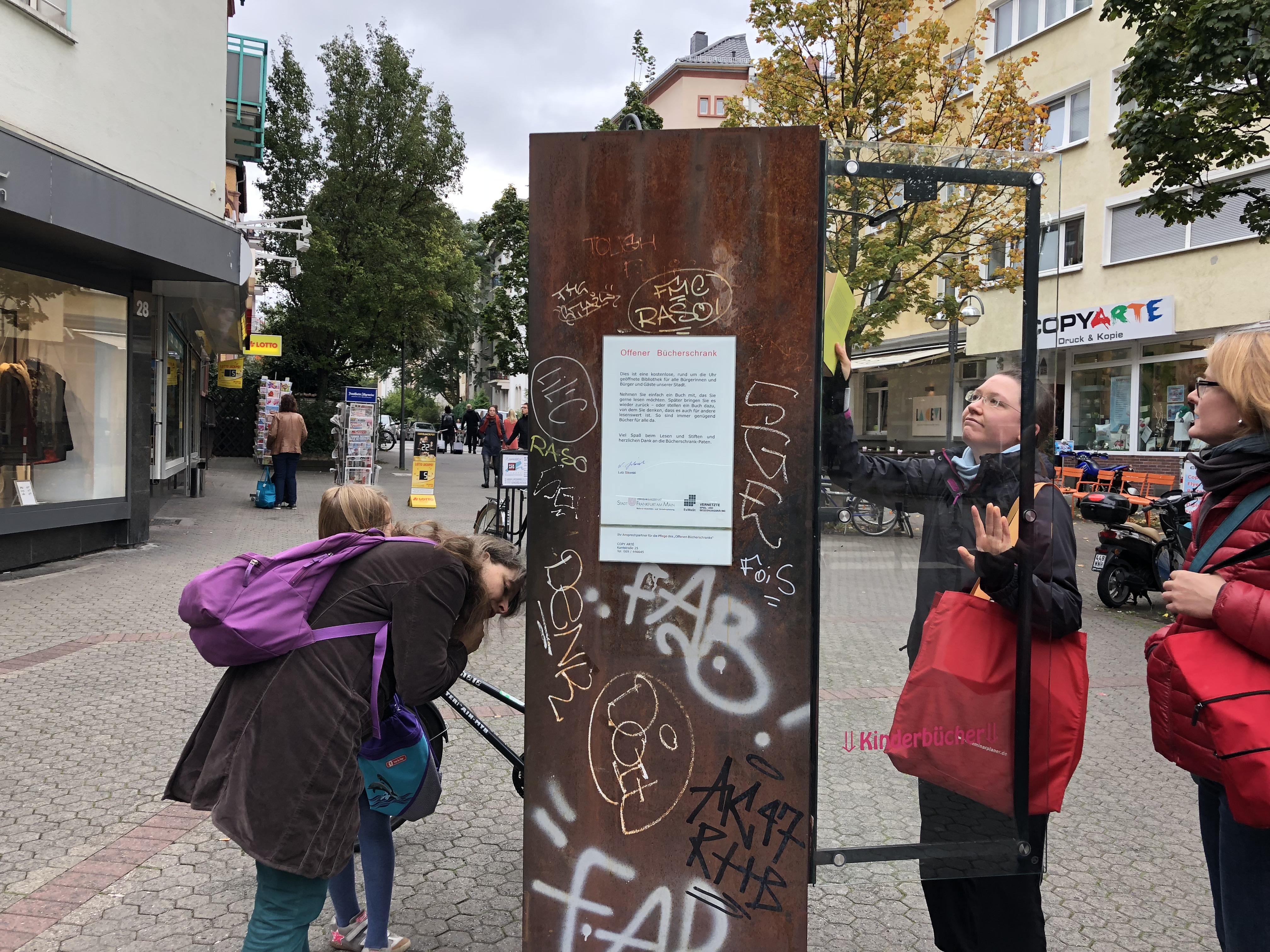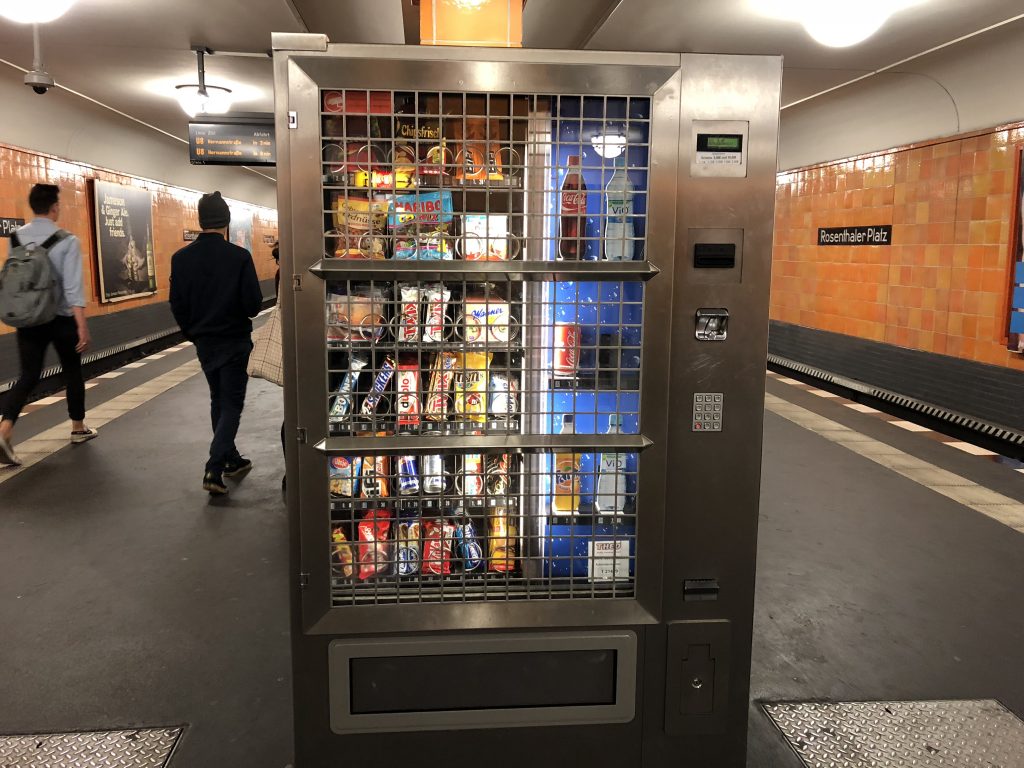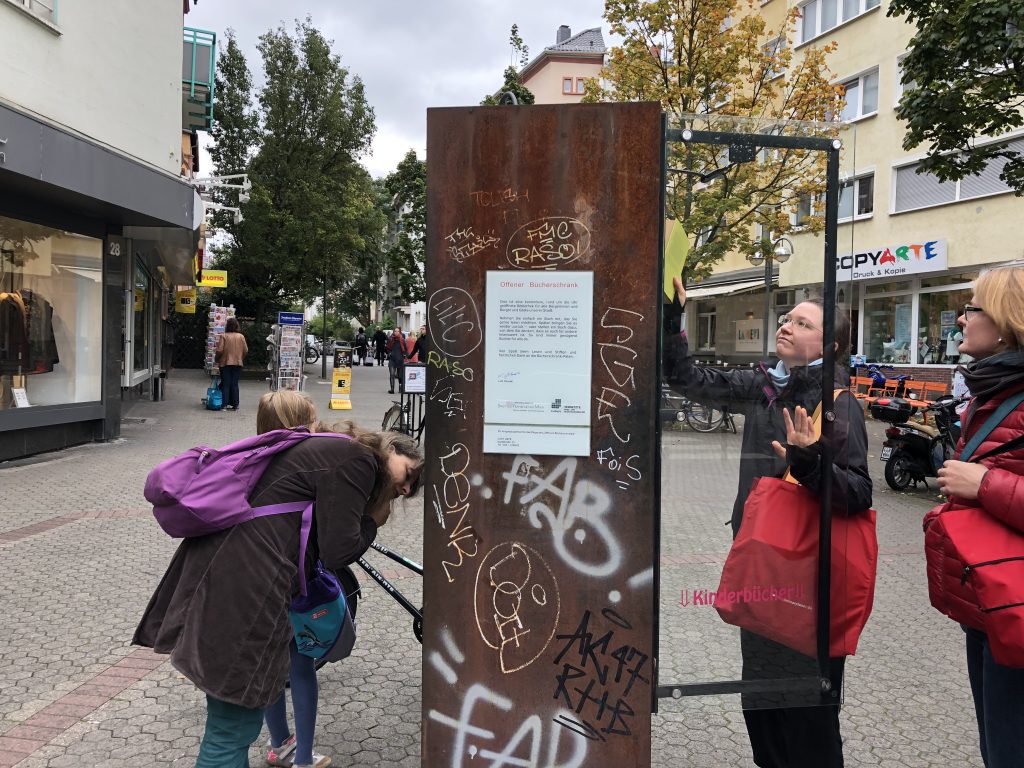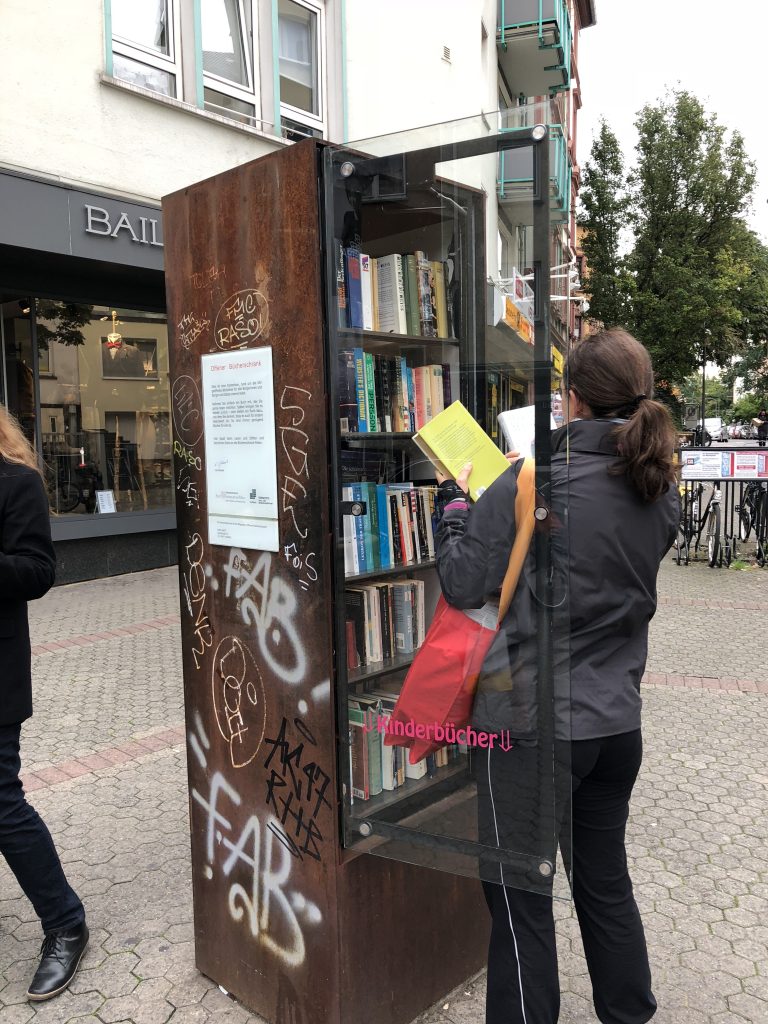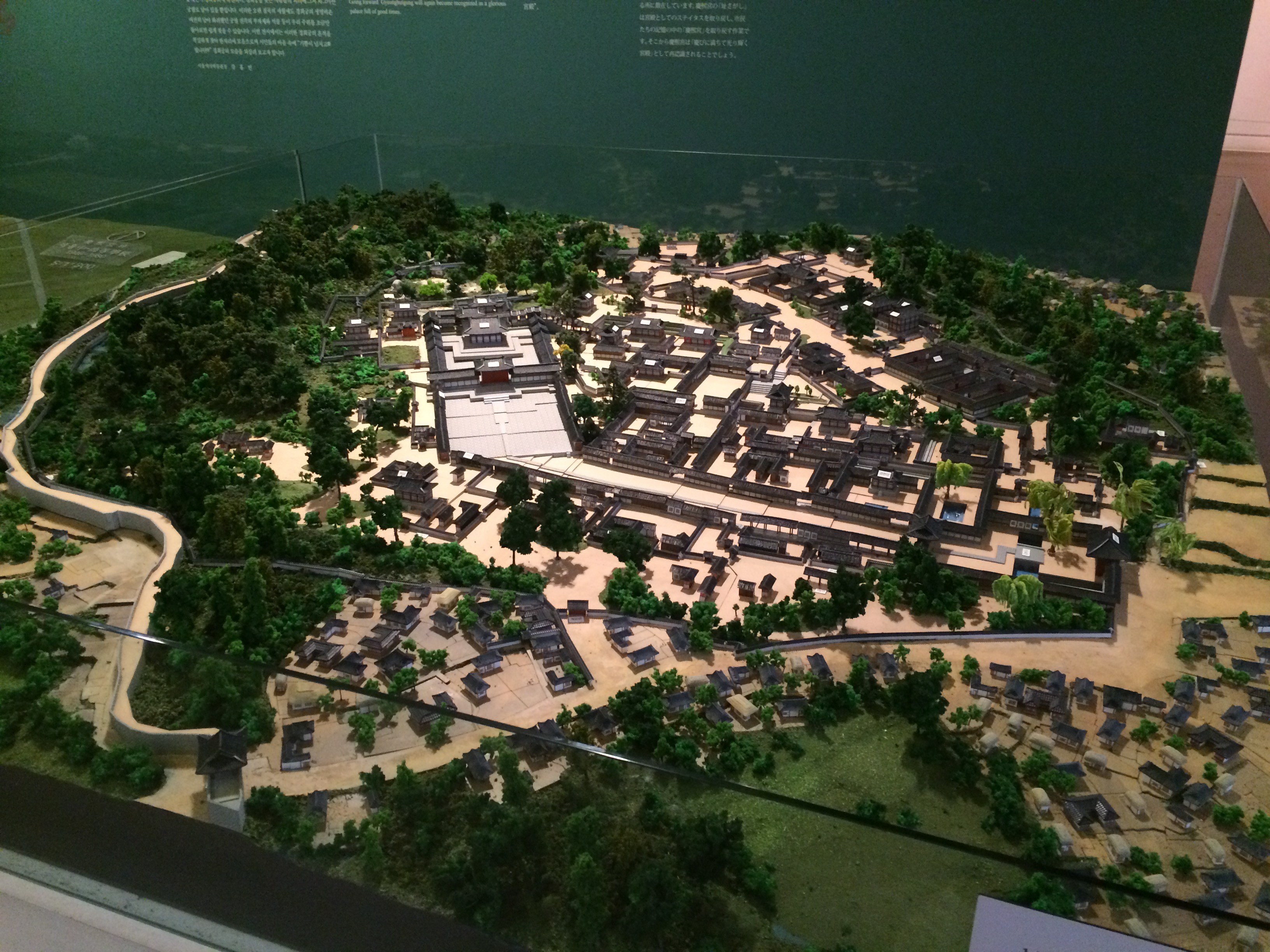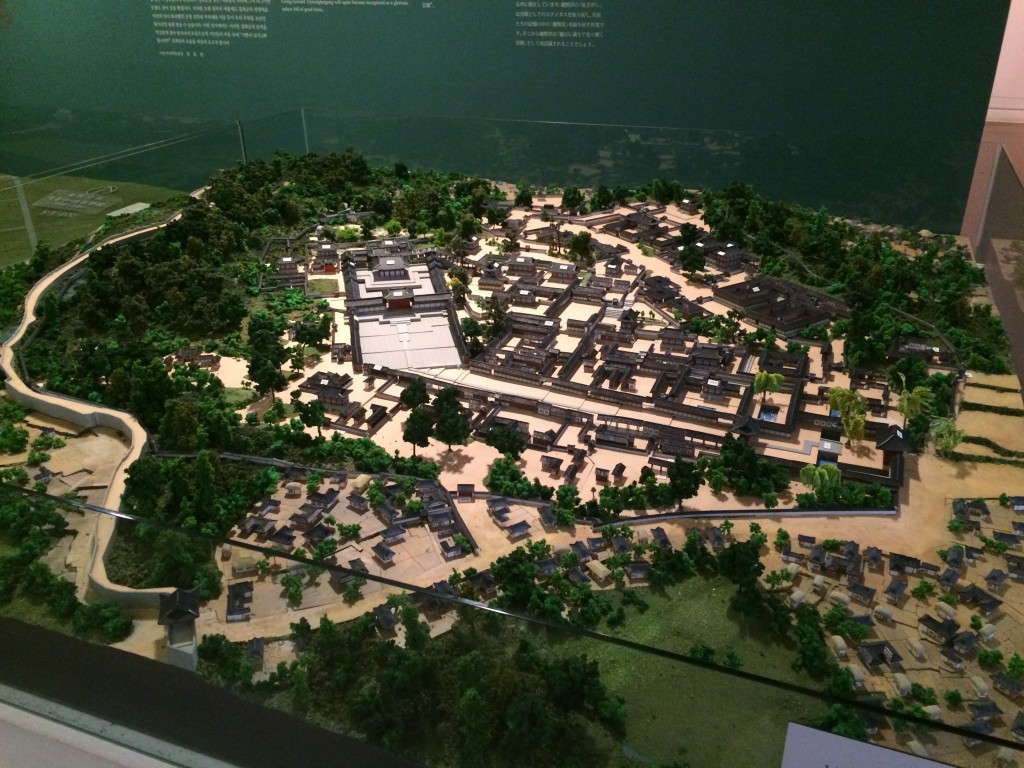The broken windows theory, introduced by James Q. Wilson and George L. Kelling in 1982, suggests that visible signs of disorder and misbehavior in an environment encourage further disorder and misbehavior, leading to serious crimes. A classic example is a building with a few broken windows. If left unrepaired, vandals are likely to break more windows, potentially leading to more serious property damage.
During a recent trip to Istanbul, Turkiye, I observed this theory in action through a series of urban landscapes. The following image illustrates the problem. An outside trash and garbage collection area was exposed in a busy commercial district.

In contrast, the following three images demonstrate clever solutions, showcasing how to apply the broken windows theory in urban planning. In the first two images, the trash and garbage collection area was enclosed by an artificial ivy hedge to minimize its visibility from pedestrians. In the last image, the back side of a series of market stalls was enclosed by the decorative wall.
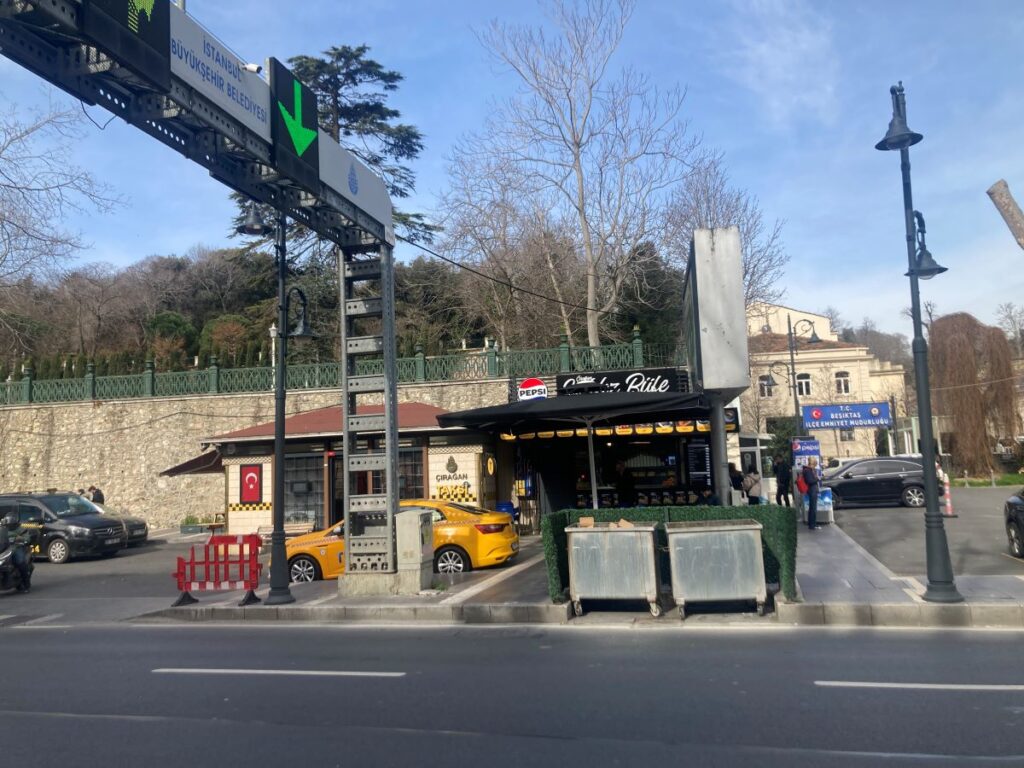
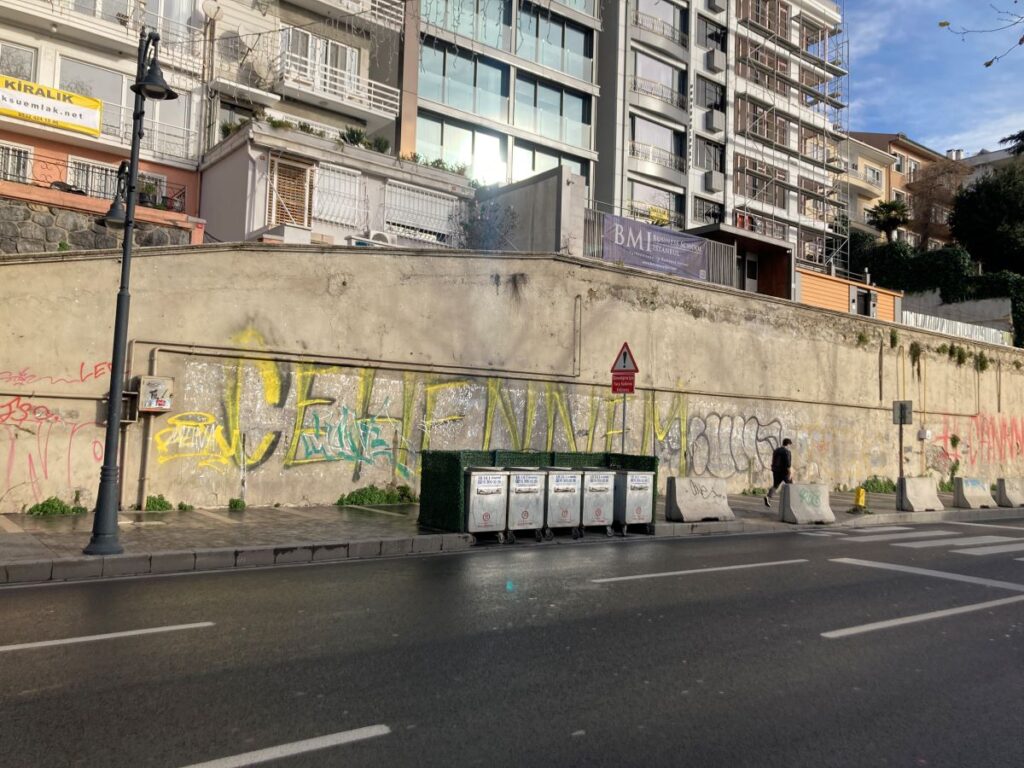
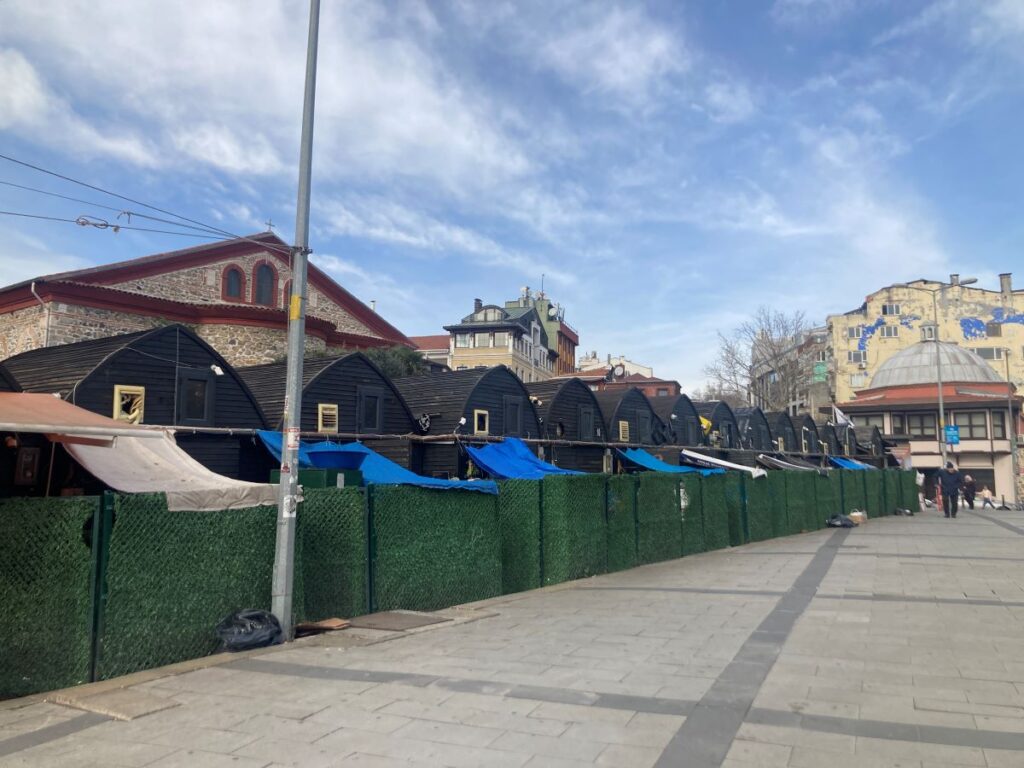
Hiding trash and garbage collection areas may not be a permanent solution. However, doing so will motivate citizens to keep their cities clean. By investing in public spaces, urban planners create environments that naturally deter crime and foster community well-being.
***
Reference
Kelling, G. L., & Wilson, J. Q. (1982). Broken windows. Atlantic monthly, 249(3), 29-38.
In the mid-1970s The State of New Jersey announced a “Safe and Clean Neighborhoods Program,” designed to improve the quality of community life in twenty-eight cities. As part of that program, the state provided money to help cities take police officers out of their patrol cars and assign them to walking beats. The governor and other state officials were enthusiastic about using foot patrol as a way of cutting crime, but many police chiefs were skeptical. Foot patrol, in their eyes, had been pretty much discredited. It reduced the mobility of the police, who thus had difficulty responding to citizen calls for service, and it weakened headquarters control over patrol officers…
